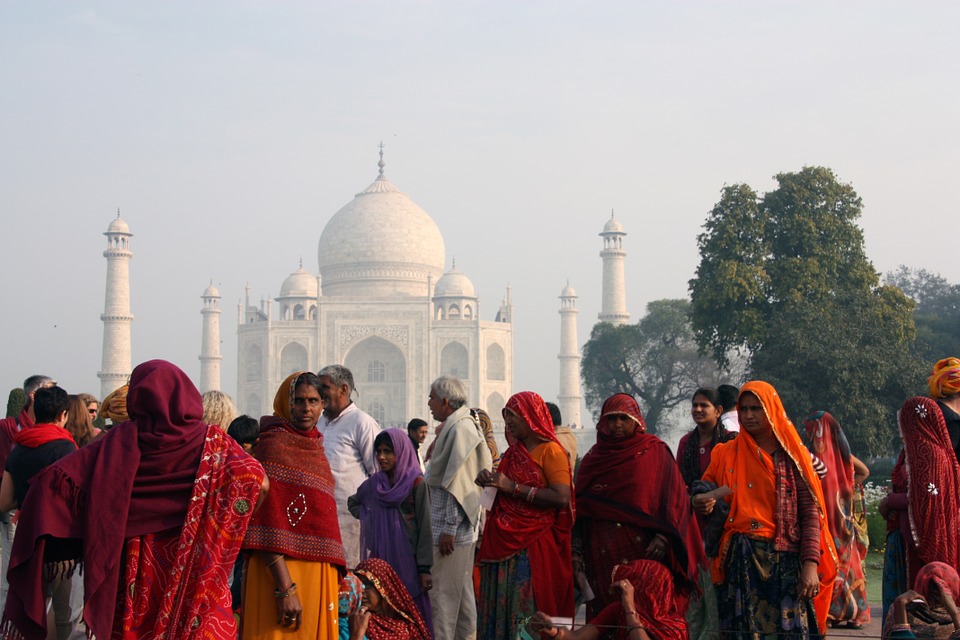Major Reforms in the Indian Economy After 1990
Greater globalization dominated the world economic and human development in the 1990s urging nations and governments to make unprecedented all-encompassing changes. Could India, as a sizable part of the global economy, act as a holdout? The richest country since ancient times with its distinguished history, India by that time was facing severe problems of agrarian overcrowding, dole-queue crisis aggravated by urban and rural poverty and hunger. As at the beginning of 1990s its foreign debt reached $70 billion, and the Indian government had to resort to the IMF and World Bank for gross borrowings. The country embarked on a path of structural adjustment reforms known as a New Industrial Policy 1991 aimed at achievement of social and economic justice, eradication of poverty and unemployment, and building of a modern, democratic and forward-looking India.
Being crisis driven in nature, major reform actions were focused on macroeconomic stabilization through implementation of such policy measures like foreign trade liberalization along with the private sector deregulation weakening the state control over private-owned businesses to promote the local enterprise initiatives. Much effort was given to foreign direct investment (FDI) attraction which despite severe criticism, led to the result when “India has become the most attractive investment destination in the emerging markets pack as the IMF and World Bank projections suggest that India will outpace China in growth this year,” as said Вruno Verstraete, managing partner at Zurich-based Lakefield Partners, Switzerland.
The reform processes in the agrarian sector faced fierce resistance on the side of peasantry and small farmer, as these measures led to decline in public expenditure and were “mainly targeted towards financing large-scale commercial and capital-intensive contract farming” (Ramakumar and Chavan, 2007). However, the key reforming policies resulted in democratization of the land relations system.
In 2002 the Indian Government (Planning Commission) published its report India Vision 2020 which set employment and education as priorities for the nation’s development agenda. Today India may proudly build on the highly qualified manpower in leading sectors of economy moving further in the mainstream of the ongoing reforms to couple these resources with foreign capital, technology, and markets.
Being a nuclear power with a strong professional army, India continues to build its peace-keeping capacity regionally and worldwide through its membership in major international organizations like the UN, WTO, IMF, World Bank, Asian Development Bank, Indian Ocean Rim Association, etc. The country expands its influence on the continent through a lucrative cinema industry. Indian movies made in Bollywood took over the screen holding sway over minds of millions of people in the entire region.
The following facts evidence that the post-1990s reforms were successful: according to the World Bank report, India superseded Japan upon purchasing power parity (PPP) index, and it is positioned currently as the third biggest economy. Separate forecasts made by the IMF and World Bank state that economic growth in 2015 will make India the world’s fastest growing major economy with the annual growth rate up to 8 percent. Jim O’Neill, Chairman of the Golden Sachs Asset Management, created the acronym BRICs (Brazil, Russia, India and China) at making projections that these countries might become the world dominating economic systems by 2050.
“The reforms of the 1990s have brought about two fundamental changes: India is now more integrated into the world economy and on a higher growth path… I think India has a great future… India’s youth and entrepreneurs will ensure that there is no going back from the path of reforms,” believes Arvind Panagariya, University of Maryland.
